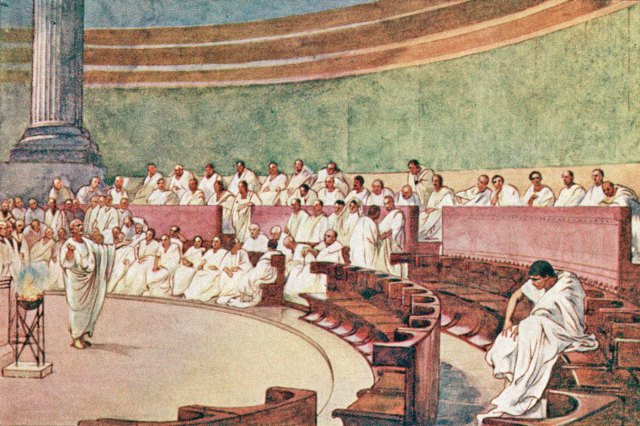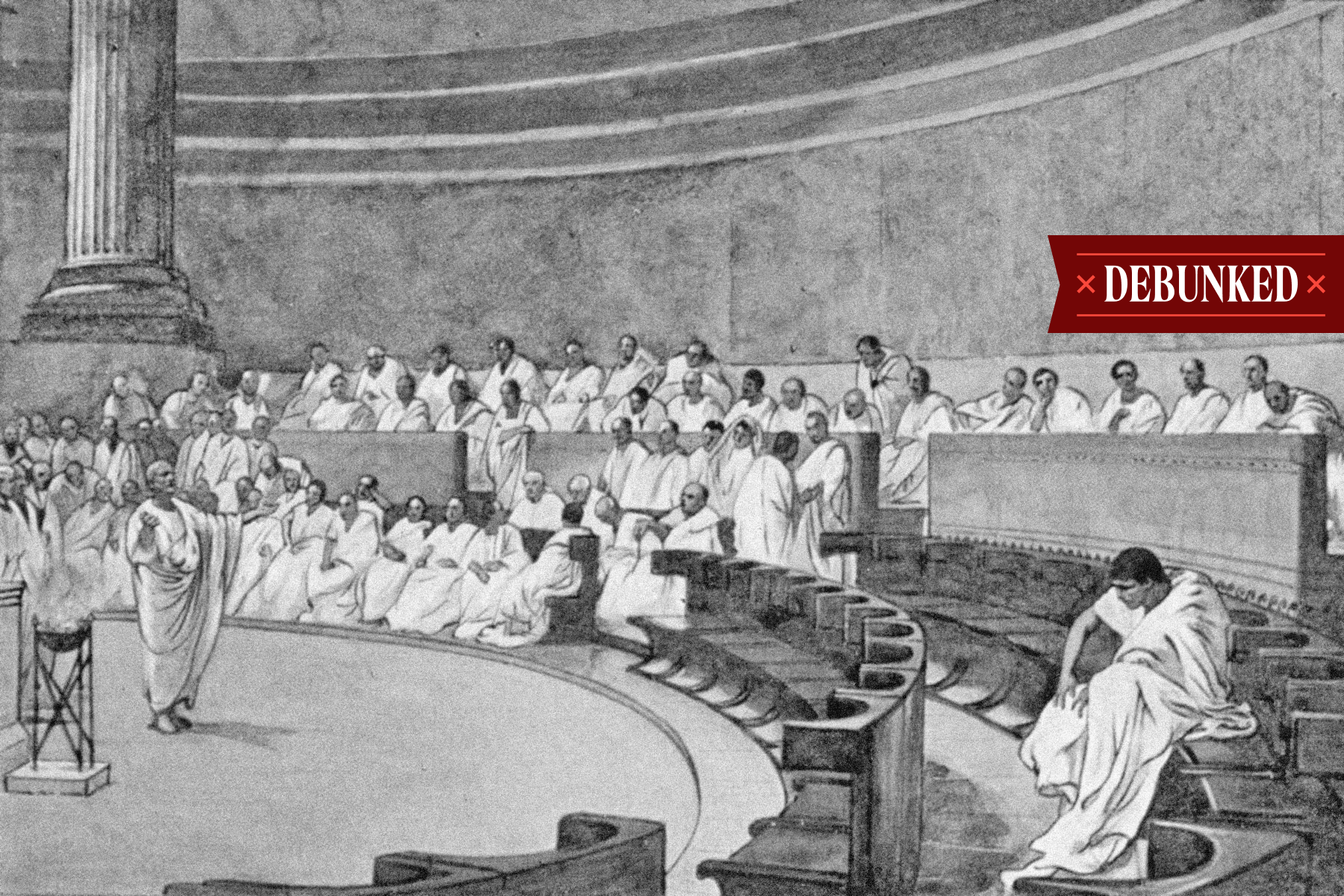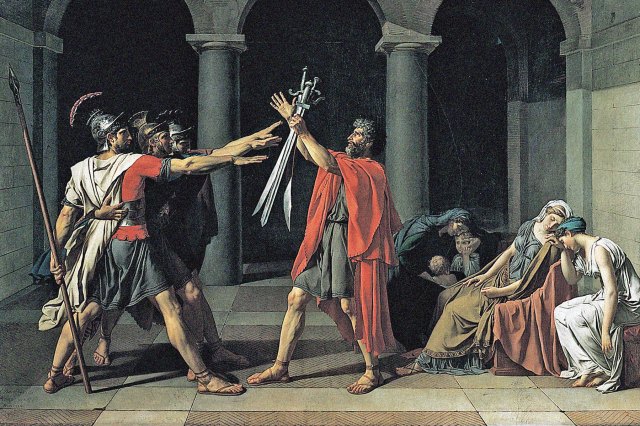5 Myths and Misconceptions About Ancient Rome
Despite what popular culture would have us believe, ancient Rome was not a single historical period when everyone wore togas and overindulged at decadent feasts. The rise and subsequent fall of ancient Rome encompassed several distinct time frames, from the founding of the city of Rome in 753 BCE to the fall of the Western Roman Empire in 476 CE. These periods included the Roman Kingdom from 753 BCE to 509 BCE, denoting Rome’s first political model (a monarchal government); the Roman Republic from 509 BCE to 27 BCE, when the Romans switched from a monarchy to elected magistrates; and the Roman Empire from 27 BCE to 476 CE, which combined elements from both the republic and the monarchy.
The Roman Empire, which began with the rise of Augustus as the first emperor in 27 BCE, is often considered the peak of ancient Roman civilization. It was during this time that Rome expanded its territory across three continents and became a dominant world power. Today, much of what we think we know about ancient Rome has been blurred to encompass hundreds of years of history and thousands of miles of geography. Here are five common myths and misconceptions about this ancient superpower.

Myth: The Roman Empire Fell in 476 CE
Often, when people talk about the fall of the Roman Empire, they’re speaking only about the Western Roman Empire. The fall of Western Rome — which ushered in the period in Europe known as the Middle Ages — is traditionally noted as 476 CE, when Romulus Augustulus, the last Roman emperor of the West, was deposed by the Germanic leader Odoacer. The Eastern Roman Empire, meanwhile, was formed in 330 CE by Constantine I at the site of the ancient Greek colony of Byzantium. Also known as the Byzantine Empire, it continued to exist for nearly a thousand years after the fall of the Western Roman Empire, until the conquest of Constantinople by the Ottoman army in 1453. The Eastern Roman Empire developed a more diverse culture that flourished during the early medieval period. After the fall, the influence of Byzantine culture continued in countries that practiced its Eastern Orthodox religion, including Greece, Romania, and Russia.

Myth: Togas Were Always White, and They Were Worn by Everyone
The epic poem “Aeneid,” written by the Roman poet Virgil sometime around 30 BCE to 19 BCE, refers to Romans as “masters of the world, and people of the toga.” The most commonly reproduced image of the Roman toga is a long, white piece of fabric draped over the shoulder, but toga styles were more complex throughout the ancient Roman era. While any Roman citizen could wear the natural, undyed wool toga, togas in other colors, including purple and red, as well as togas with stripes and designs, signified a specific status in Roman society. Over time, the toga became a ceremonial garment rarely worn by the average Roman citizen. The enduring association between Rome and the toga may have something to do with the fact that Virgil was commissioned by Emperor Augustus to write the “Aeneid.” Under Augustus, all Roman citizens who conducted business in the forum or attended the theater were required to wear a toga to distinguish themselves from noncitizens and identify their social class.


















